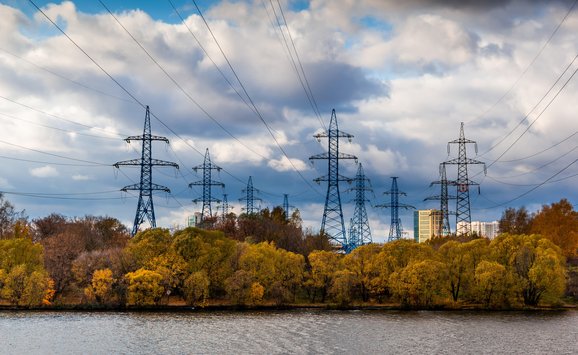Consistency may have its virtues – but only up to a point. Take the matter of energy independence—a target reflexively embraced, and claimed to be achievable (but, unsurprisingly, never achieved) by American political leaders decade after decade. This year’s presidential election is no exception, with both candidates pledging to hit the bull’s-eye.
In his New Mexico speech of Aug. 23, preceded by a more detailed white paper, Mitt Romney wavered ever so slightly in that energy self-sufficiency vision by promising “North American energy independence by 2020….That means we produce all the energy we use in North America. This is not some pie-in-the-sky kind of thing. This is a real achievable objective.”
For its part, the Obama-Biden campaign’s webpage assures us that the President “has taken steps to move us toward energy independence and create an economy that’s built to last.”
Conflating it with the health of the economy gives the notion of energy independence a degree of heft not lightly shrugged off. I’d nevertheless argue that the focus on energy independence (which is really just shorthand for ending reliance on imported oil) is a misplaced priority, even if it were achievable. Michael Levi discusses this in his recent critique of the Romney energy plan, but it’s worth making the point in more detail.
As I noted in a 2006 RFF Issue Brief, given “the largely integrated nature of the [world oil] market, the fungibility of global oil flows, and, thereby, prices equalized worldwide, it is U.S. oil dependence, rather than oil-import dependence that exposes the country to the macroeconomic impact of turmoil in world markets.” In other words, an oil-supply shock occurring in a distant producing country would hit consumers in every oil-using country. And that includes the U.S., irrespective of whether what you’re paying for and pumping at your service station is of domestic or foreign origin.
What all this underscores is the benefits of sustained improvement in the efficiency of oil use in transportation along with enhanced efficiency of energy utilization throughout the economy. It is reassuring that the long-term trend, in both respects, has been distinctly favorable – e.g., the ratio of oil consumption to GDP has declined by nearly 40 percent since 1985. Continuation of that reassuring trend, one would think, is something both candidates would wish to encourage. But that’s a separate issue from “energy independence,” and candidates’ failure to discuss policies aimed at reducing the growth of consumption makes it apparent that any continuation of this trend is likely to be independent of their energy agendas.
Needless to say, none of these observations should be read as dismissive of home-grown efforts to spur cost-effective and environmentally-sound production of liquid and gaseous fuels. In a competitive global setting, an incremental barrel of oil produced in the U.S. or North America may sell for essentially the same price of one produced in the Persian Gulf region. But that domestic barrel is likely to be less prone to geopolitical disruption and therefore will be a stabilizing force in world energy markets. In other words, U.S. oil production doesn’t do much to reduce prices or make us independent of the world market, but it could reduce volatility. Along with the growing role of U.S. wind power and solar energy, that stabilizing factor shouldn’t be regarded as trivial.
But in a wider perspective, we shouldn’t lose sight of the fact that free international trade has long served as an essential bulwark of a flourishing world economy. In our preoccupation with dangers posed by energy imports, it is easy to forget that America’s economic interests are importantly served as well by its significant role as an energy exporter – whether of coal or, prospectively, liquefied natural gas (LNG). In its fullest dimension, energy policy-making must recognize that broader imperative.




